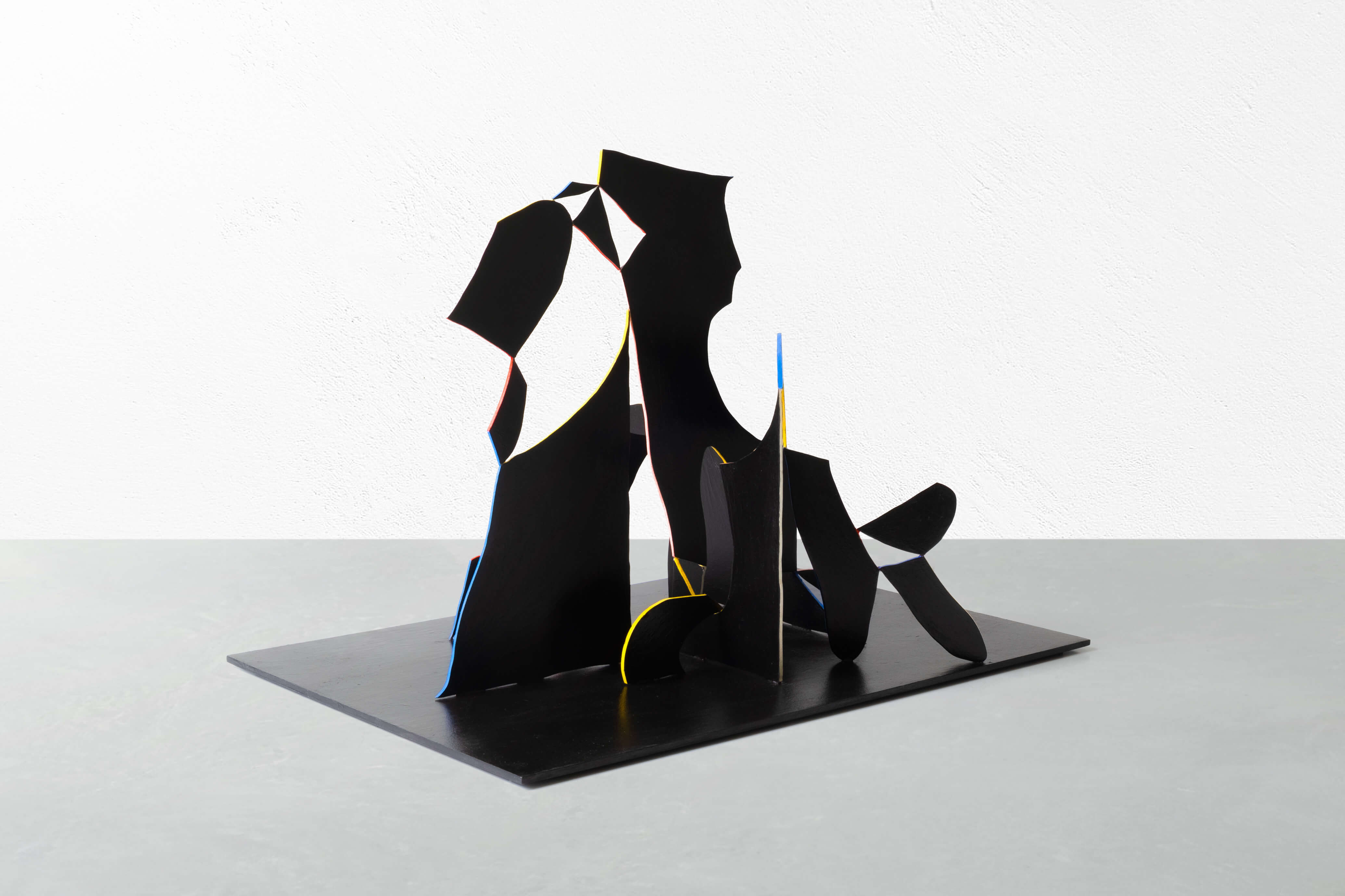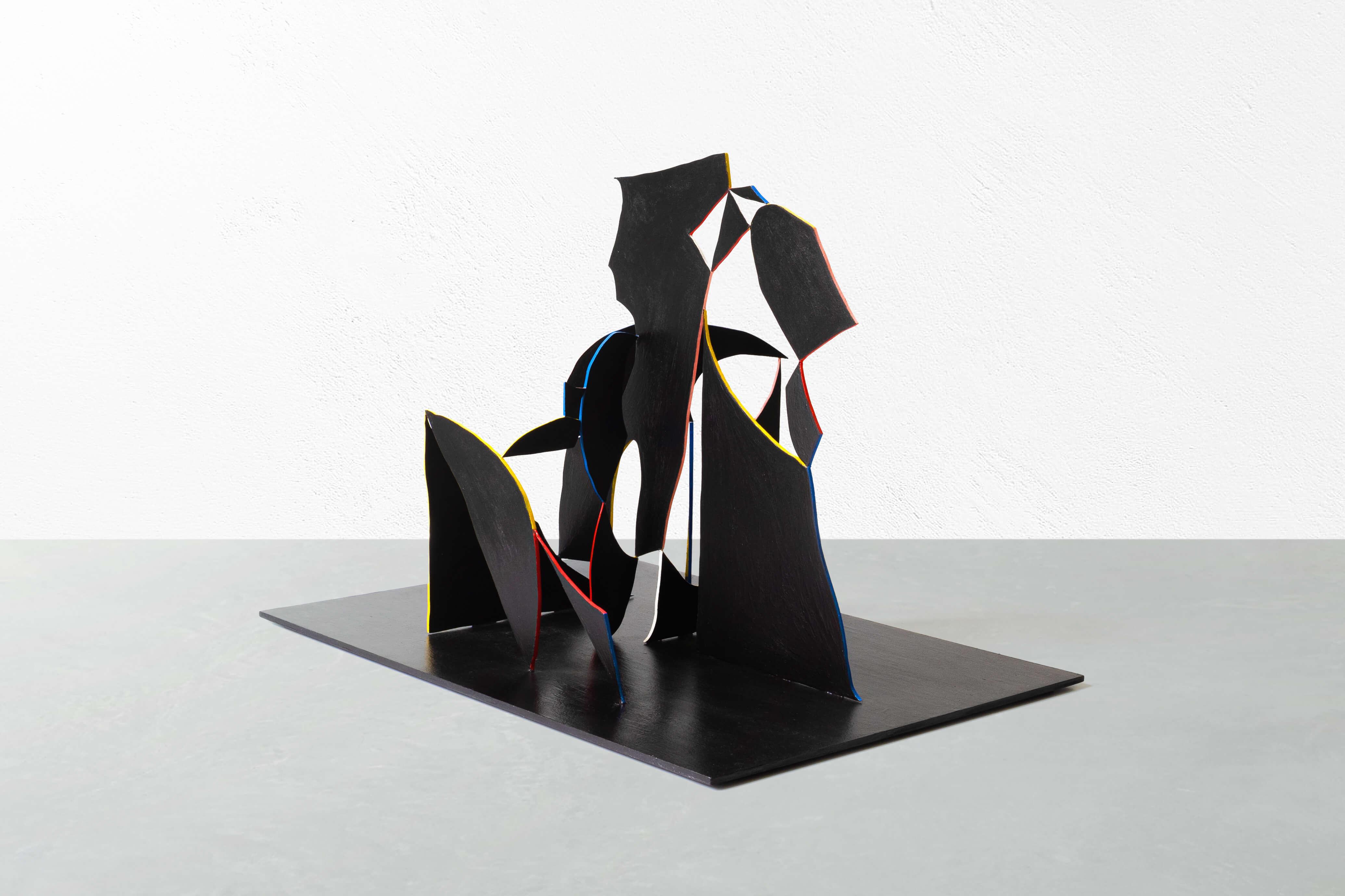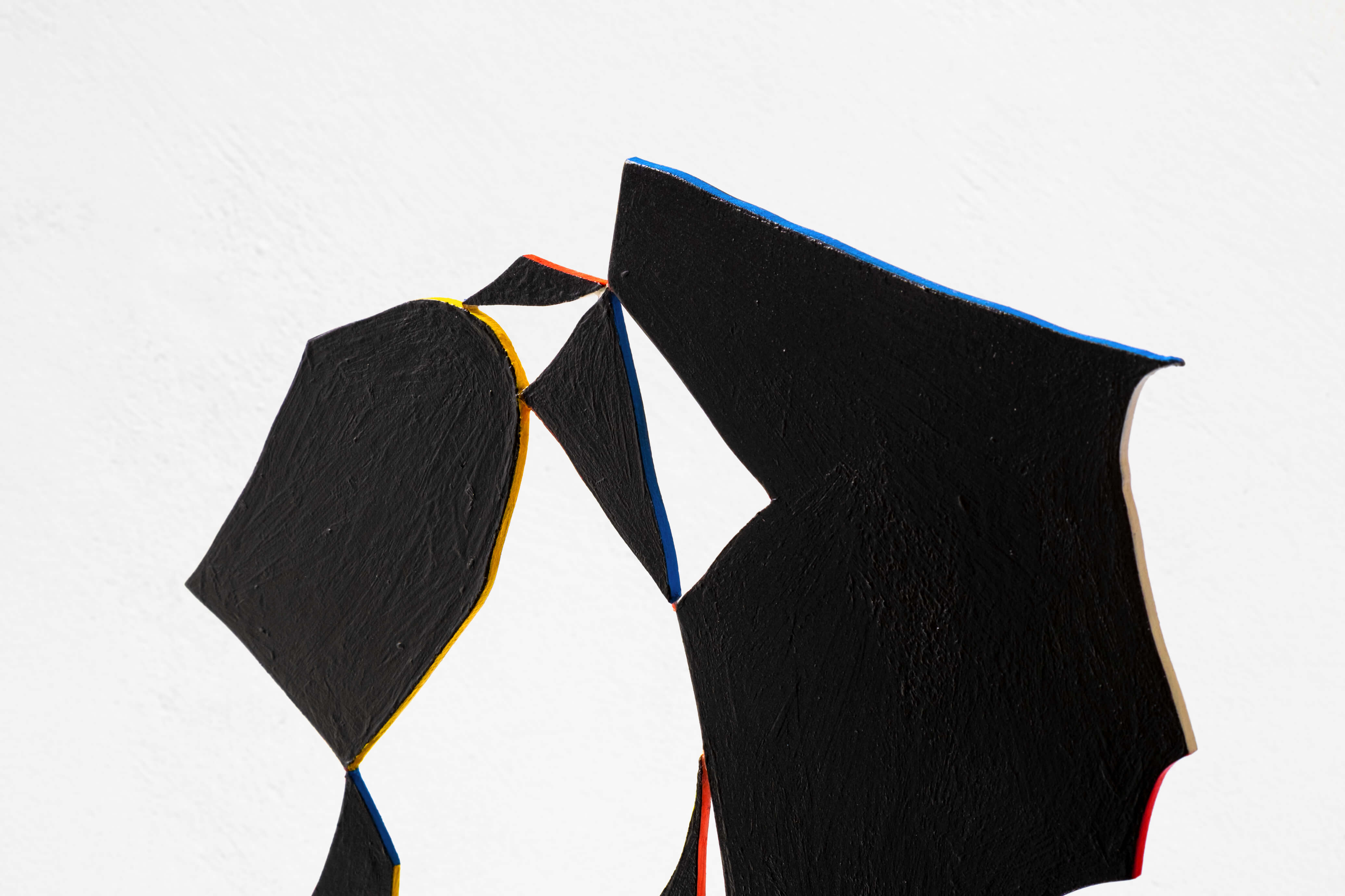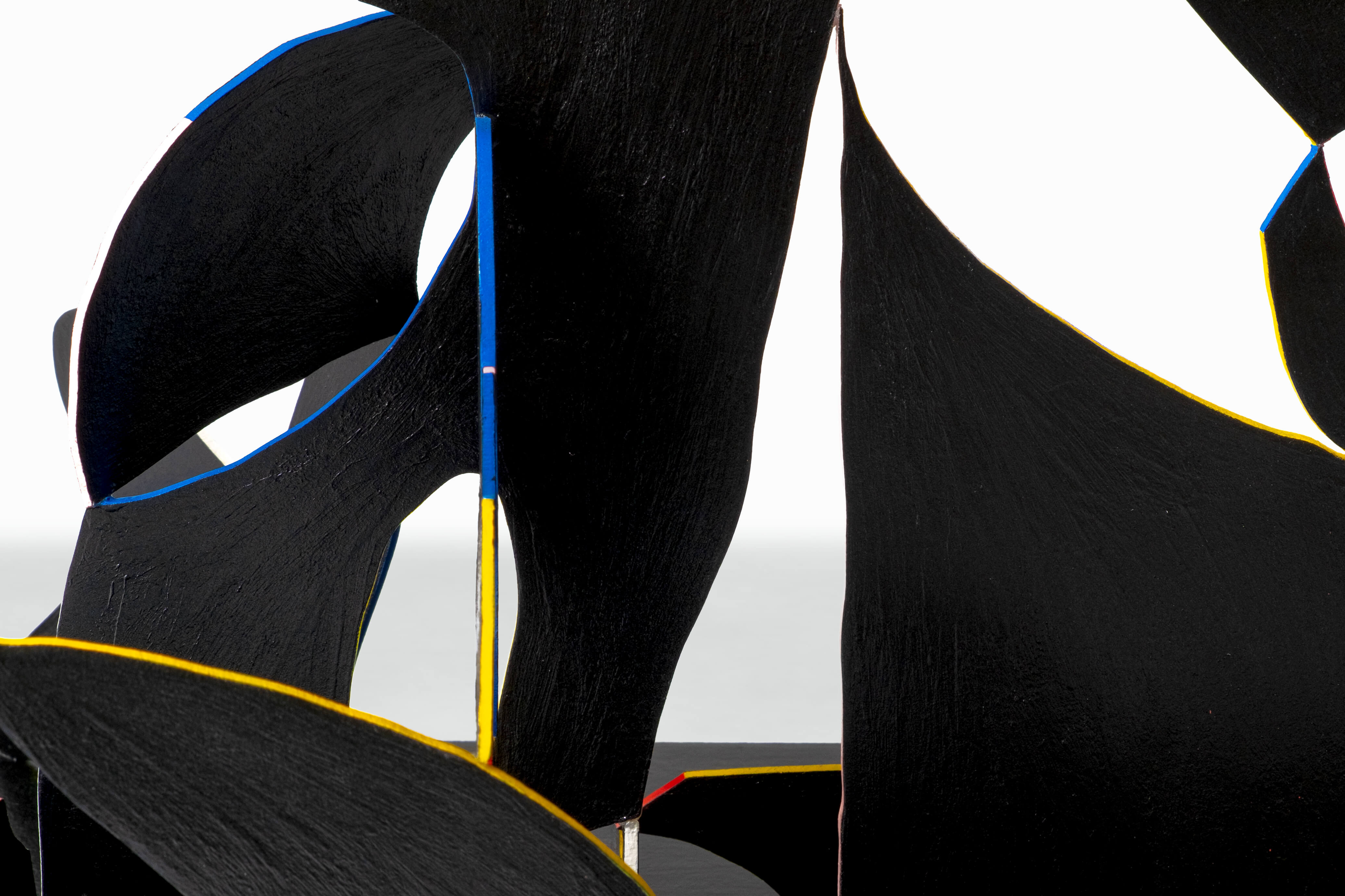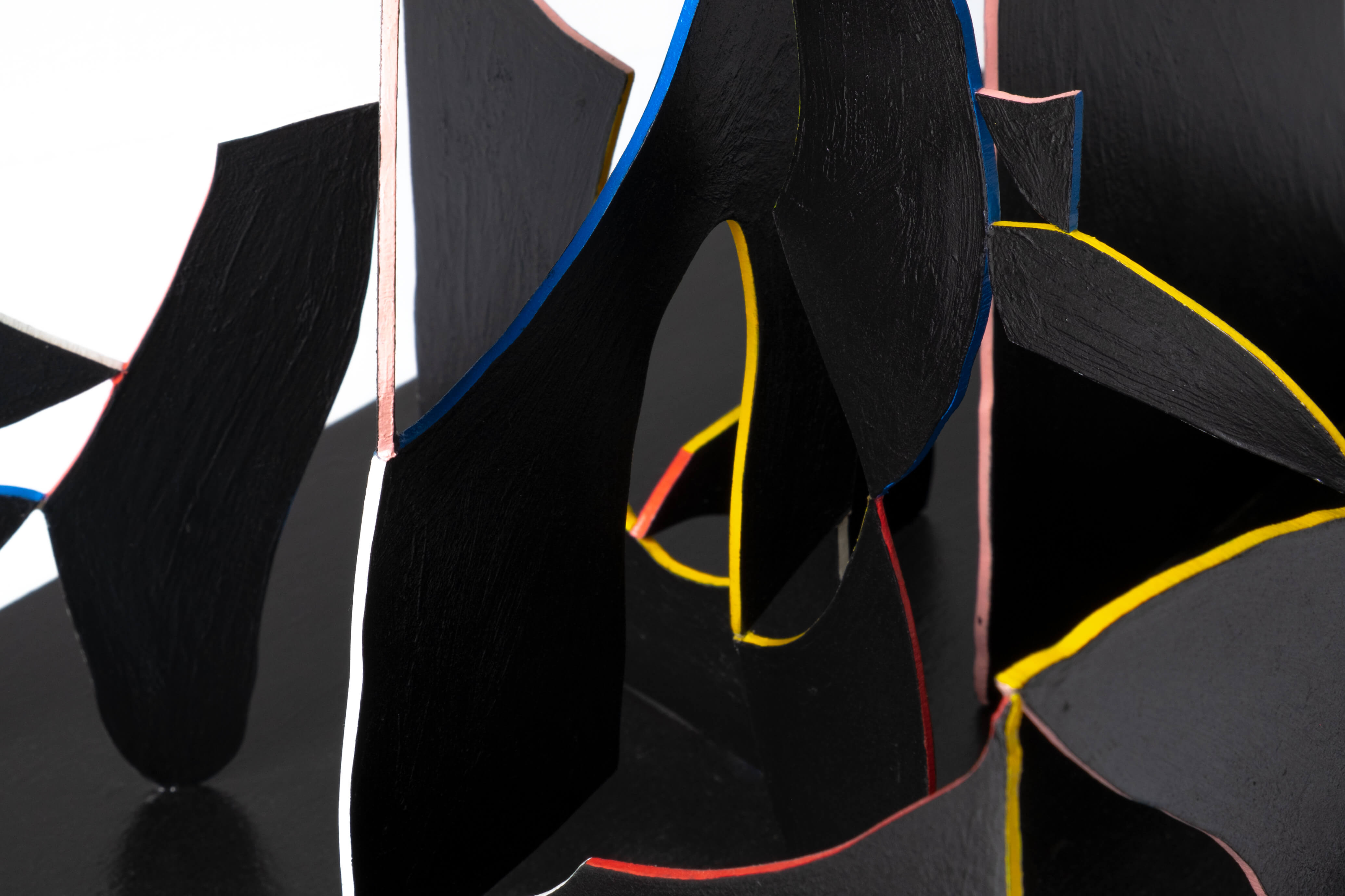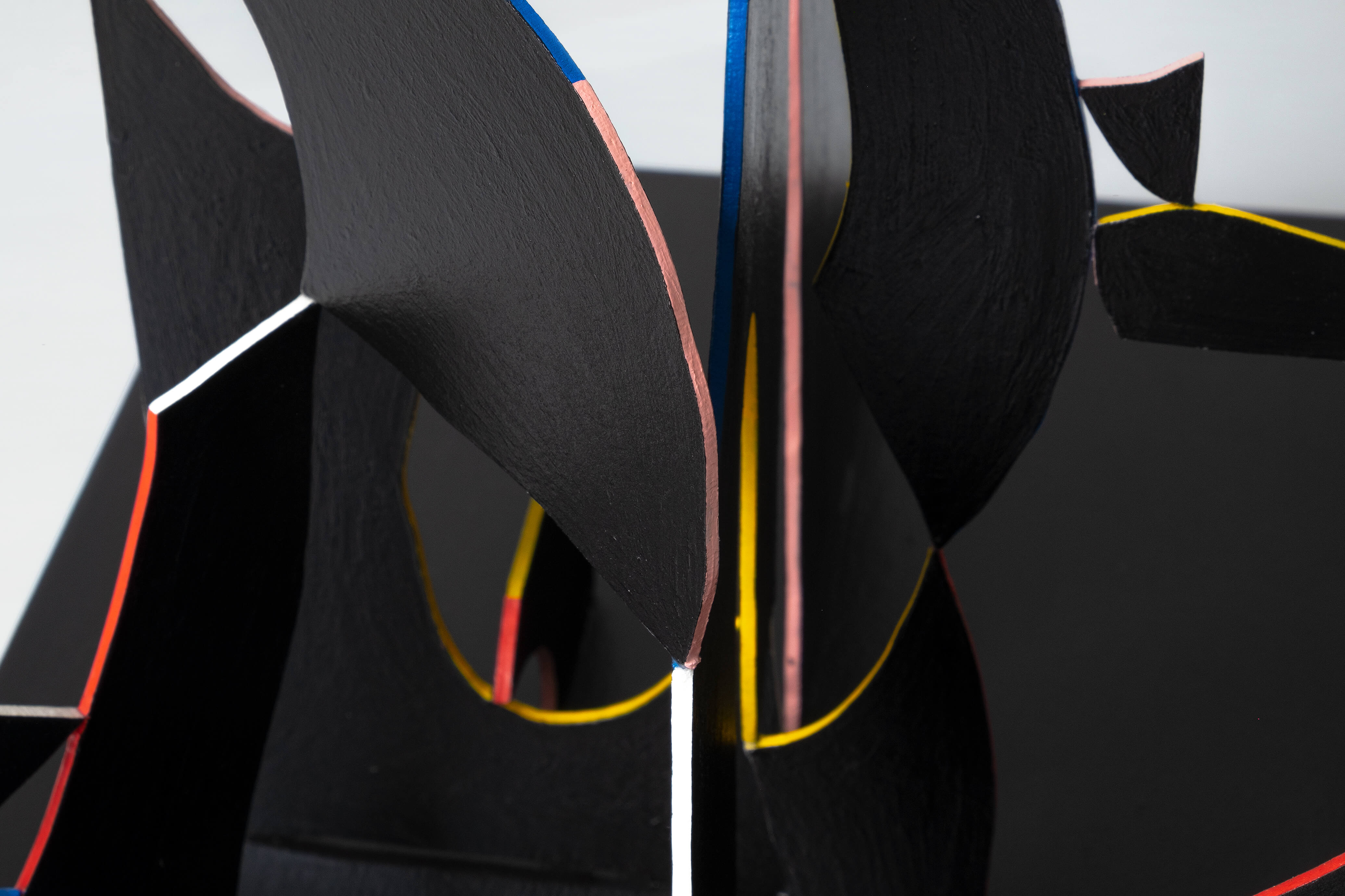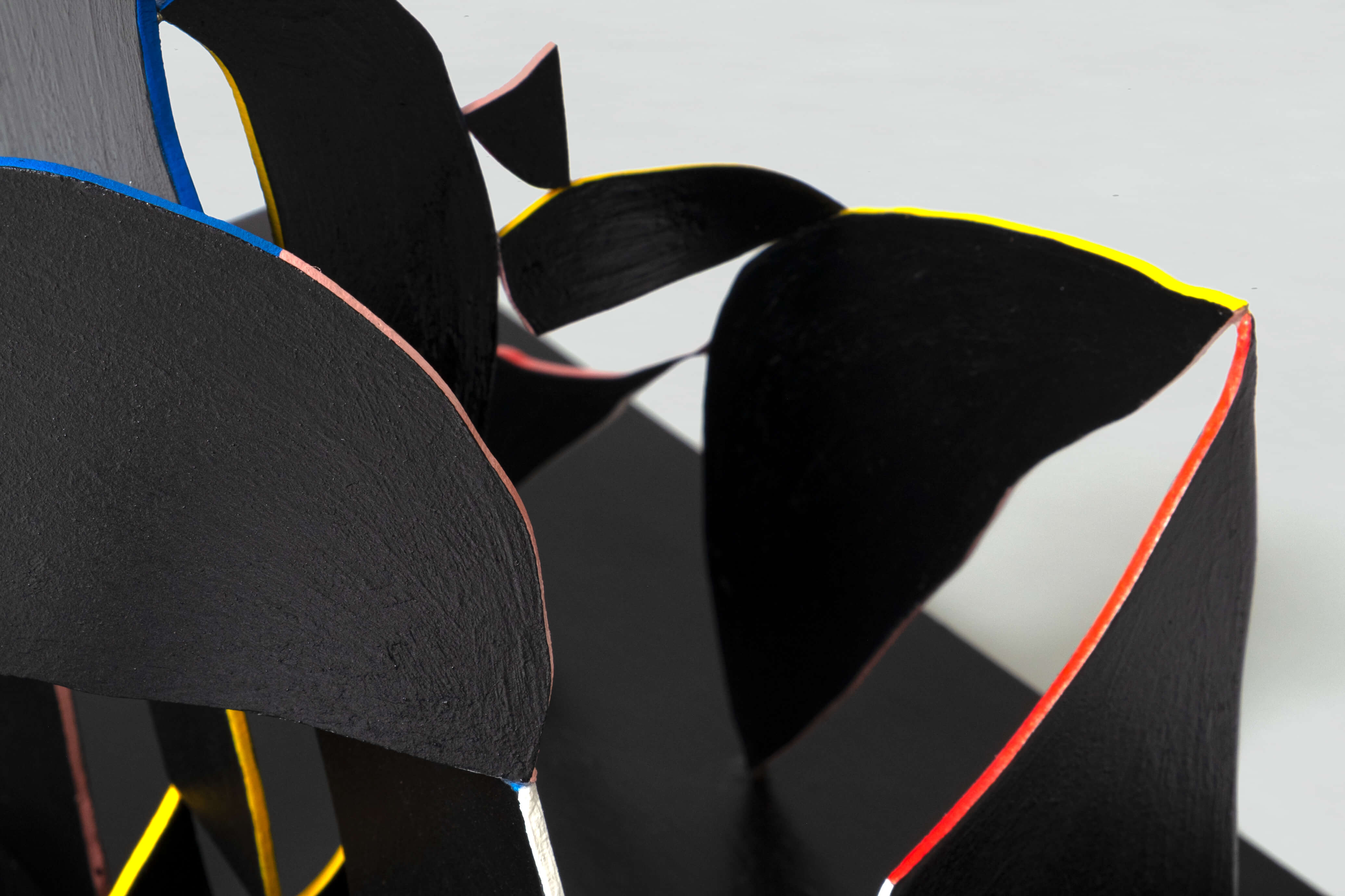LINE 1/There Is No Right There Is No Wrong
2019
Line 1 / There Is No Right There Is No Wrong consists of a group of works exploring the recursive and generative evolutions of a seemingly random line.
The works in this group consists of paper cut-outs, bidimensional and tridimensional configurations (bas-relief painting, all-round painting in laser cut-outs and painted MDF boards.
The works in this group consists of paper cut-outs, bidimensional and tridimensional configurations (bas-relief painting, all-round painting in laser cut-outs and painted MDF boards.
Cut-out - Line 1, 2019
There Is No Right There Is No Wrong / G.E.C.W 57 x H 31 cm
Wax crayons on paper, glue, watercolor paper, clear fixative
Cut-out - Line 1, 2019
There Is No Right There Is No Wrong / G.E.C.W 57 x H 31 cm
Wax crayons on paper, glue, watercolor paper, clear fixative
There Is No Right There Is No Wrong / G.E.C.
Wax crayons on paper, glue, watercolor paper, clear fixative
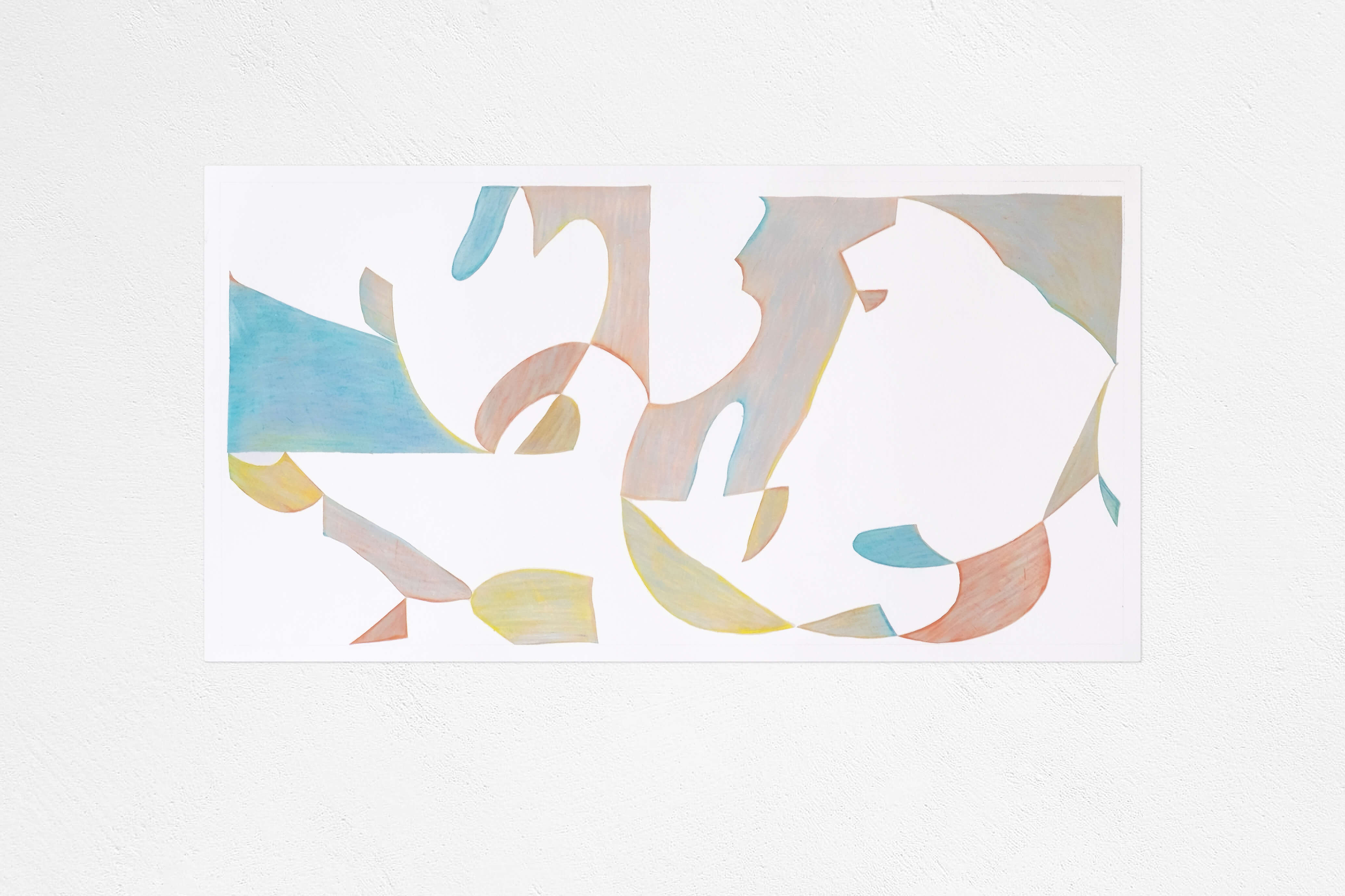
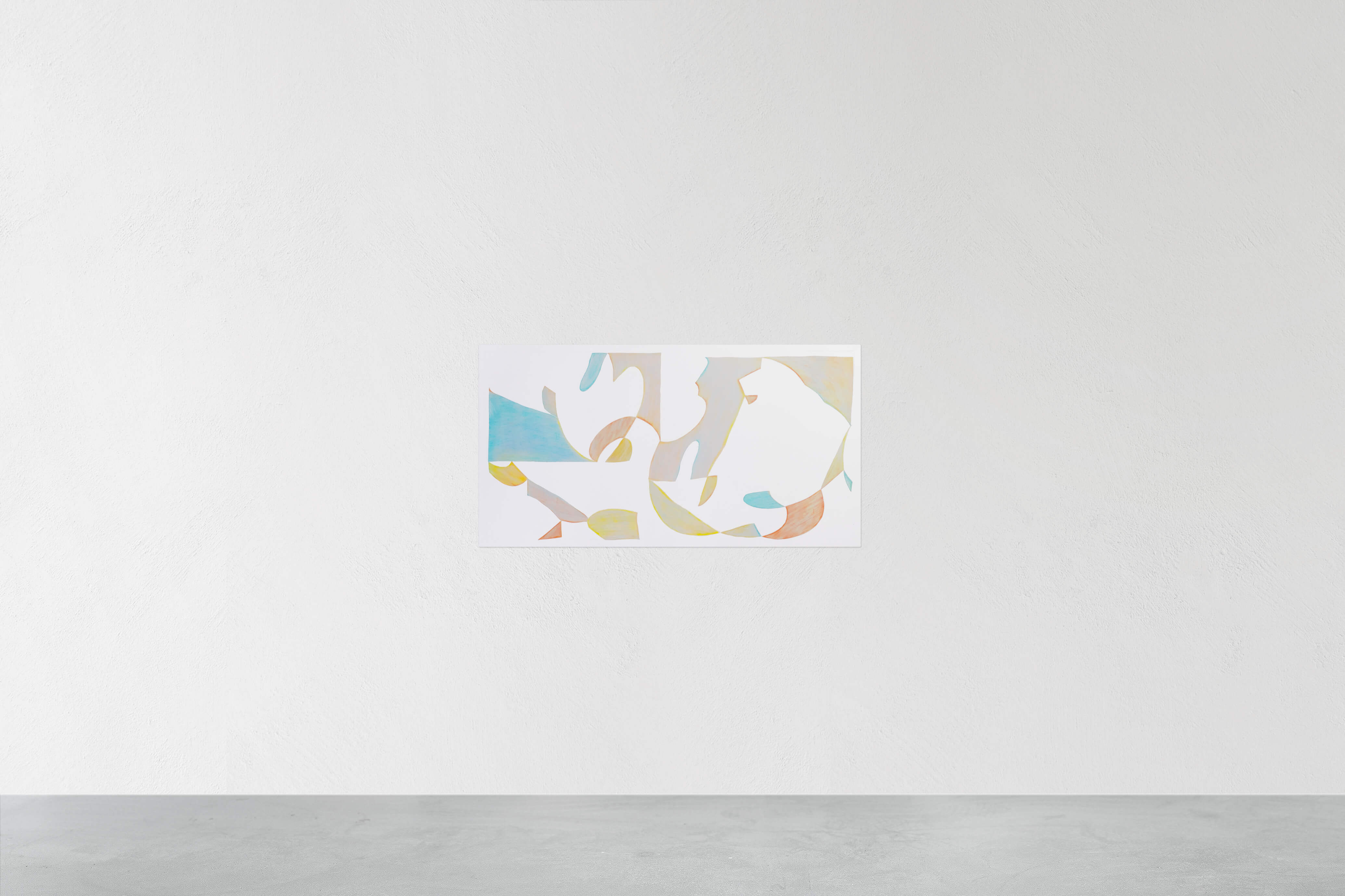
Drawing in Colors - Line 1, 2019
There Is No Right There Is No Wrong / G.E.C.
W 210 x 297 mm
Colored pencils on black paper, clear fixative
Drawing in Colors - Line 1, 2019
There Is No Right There Is No Wrong / G.E.C.
W 210 x 297 mm
Colored pencils on black paper, clear fixative
There Is No Right There Is No Wrong / G.E.C.
Colored pencils on black paper, clear fixative

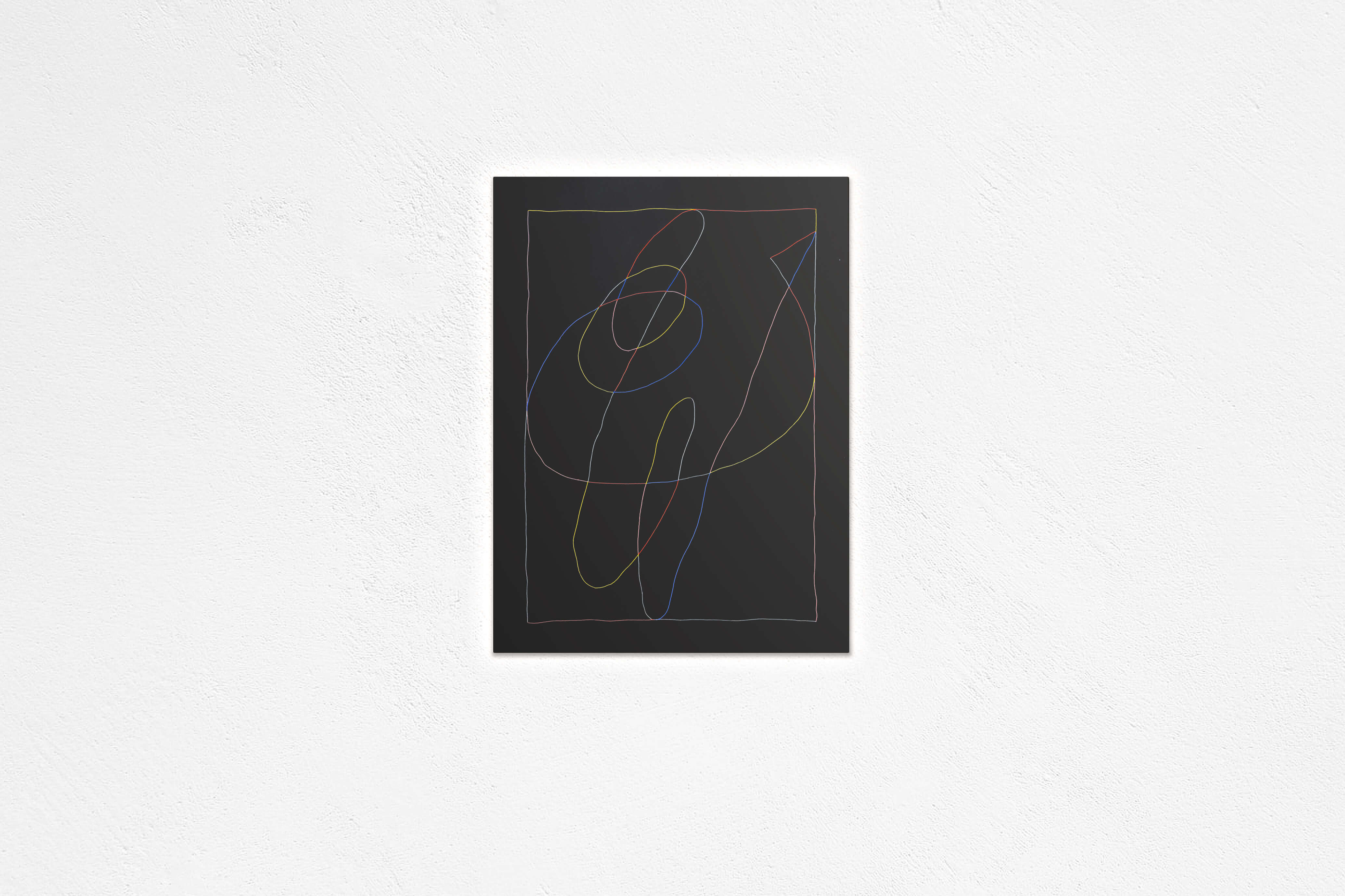
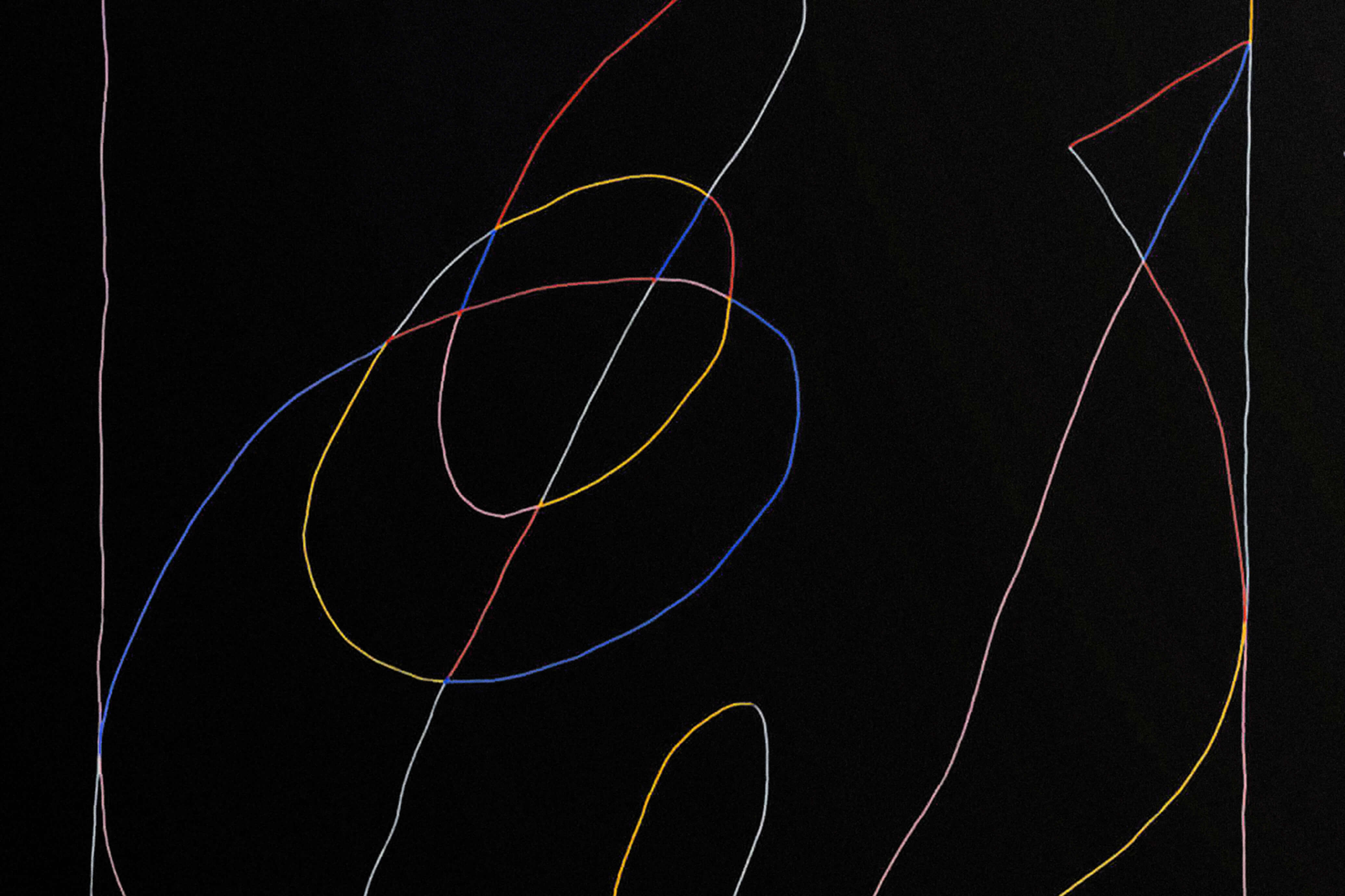
Bas-Relief Painting - Line 1, 2020
There Is No Right There Is No Wrong / G.E.C.W 795 x H 425 x D 5 mm
Acrylic paint on MDF board, glue, clear varnish
Bas-Relief Painting - Line 1, 2020
There Is No Right There Is No Wrong / G.E.C.W 795 x H 425 x D 5 mm
Acrylic paint on MDF board, glue, clear varnish
There Is No Right There Is No Wrong / G.E.C.
Acrylic paint on MDF board, glue, clear varnish
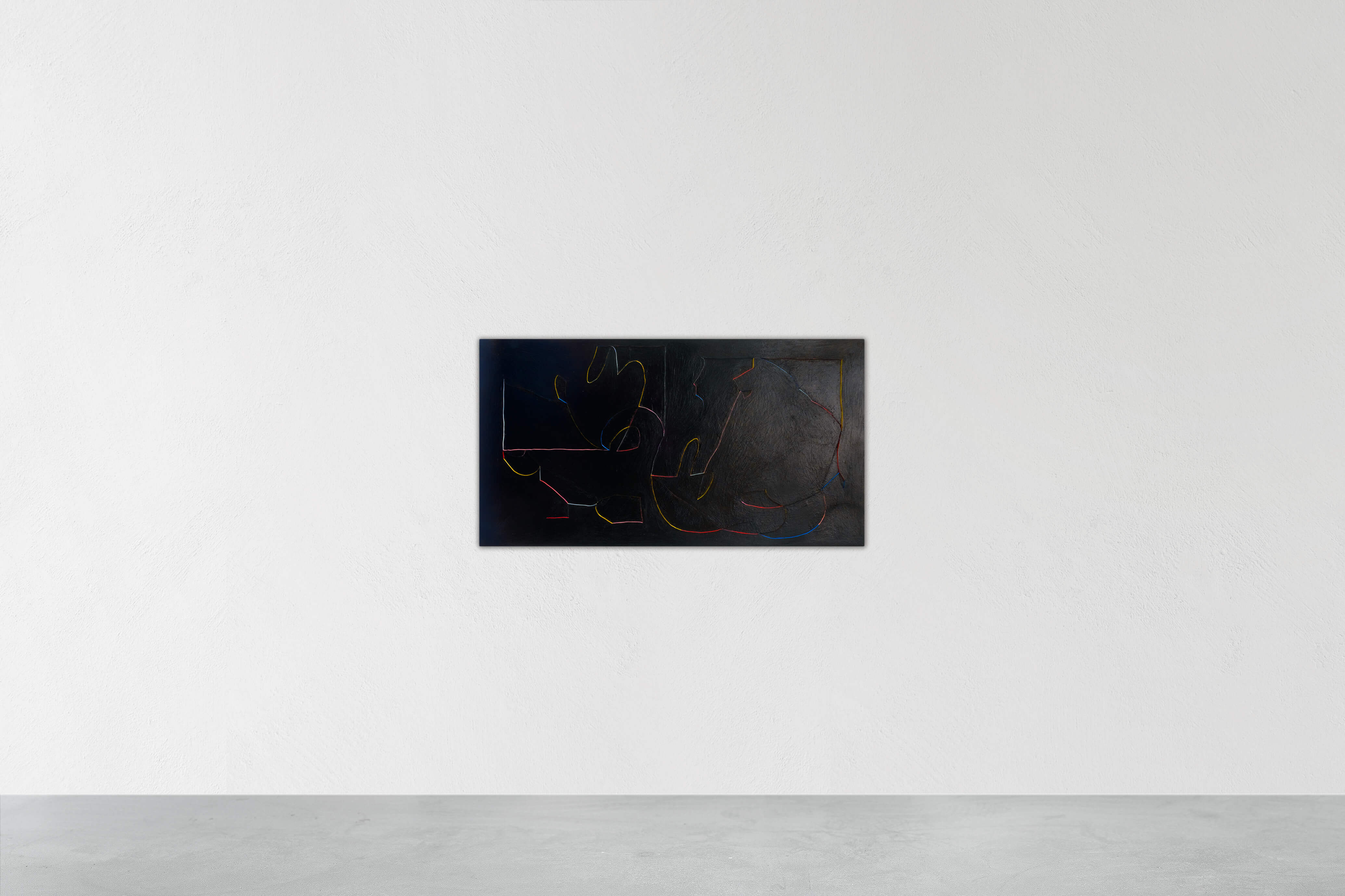
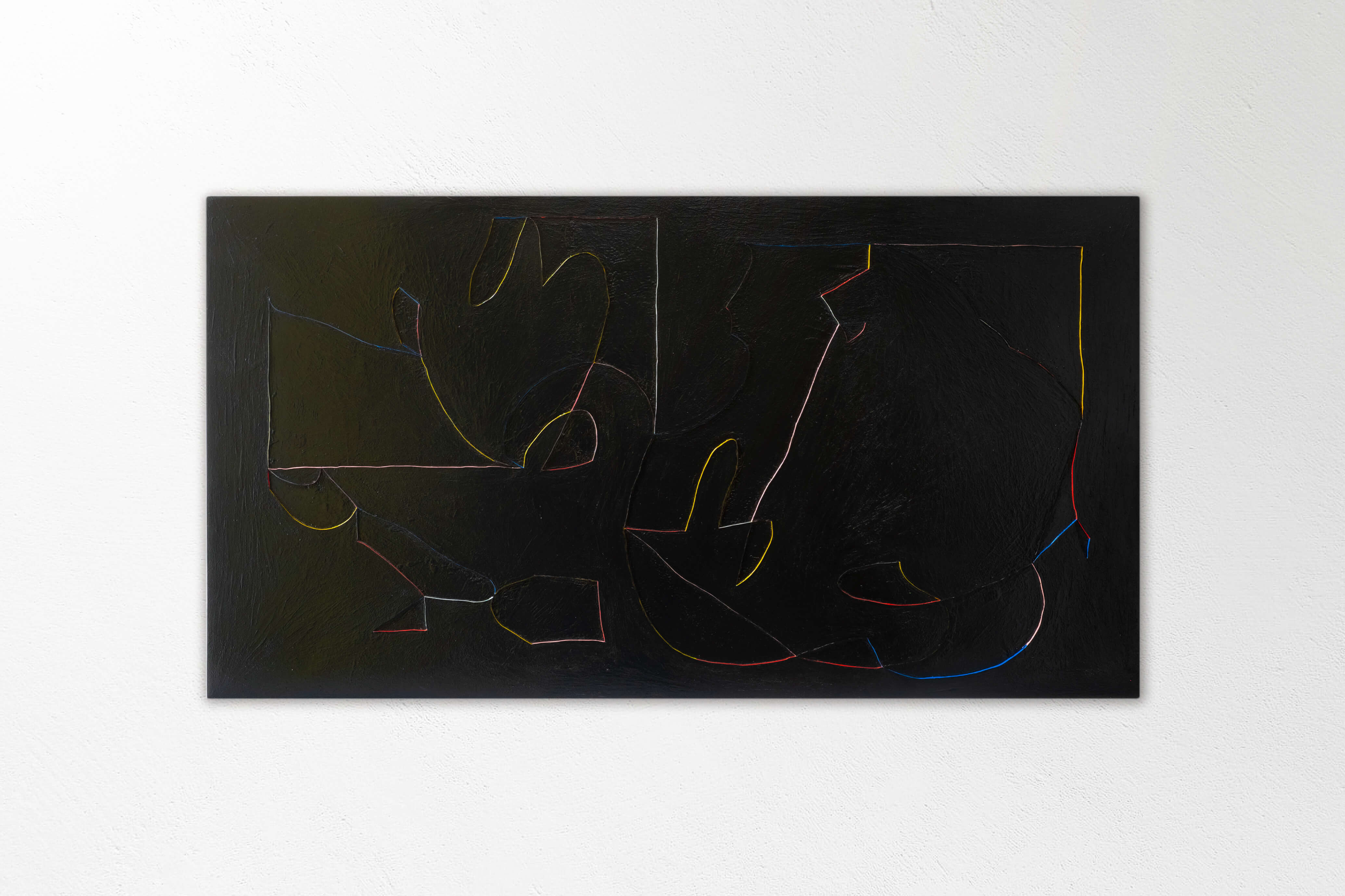

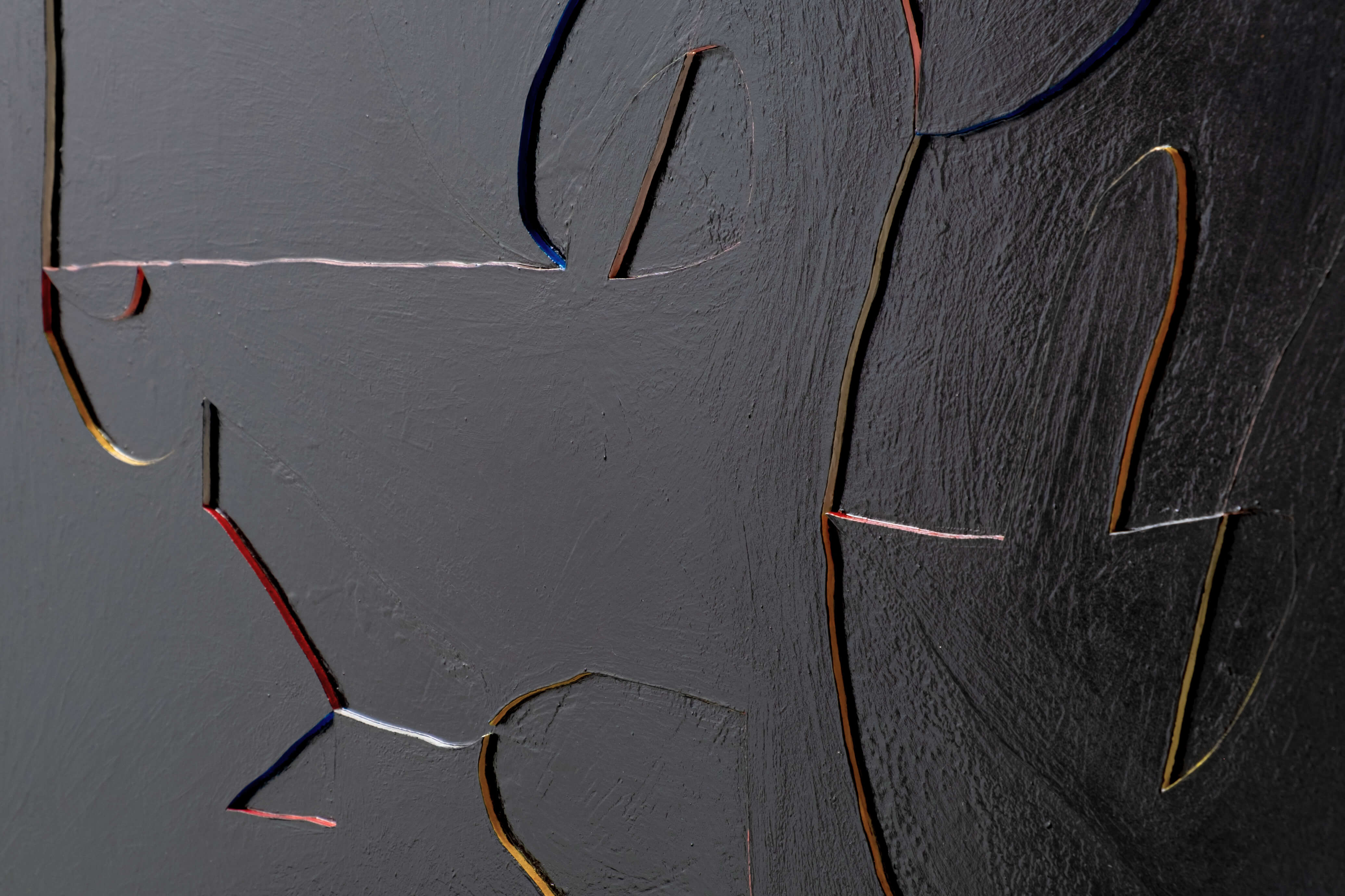



All-Round Painting - Line 1, 2020
There Is No Right There Is No Wrong / G.E.C.W 45 x H 30 x D 45 cm
Acrylic paint on MDF board, glue, clear varnish
All-Round Painting - Line 1, 2020
There Is No Right There Is No Wrong / G.E.C.W 45 x H 30 x D 45 cm
Acrylic paint on MDF board, glue, clear varnish
There Is No Right There Is No Wrong / G.E.C.
Acrylic paint on MDF board, glue, clear varnish

